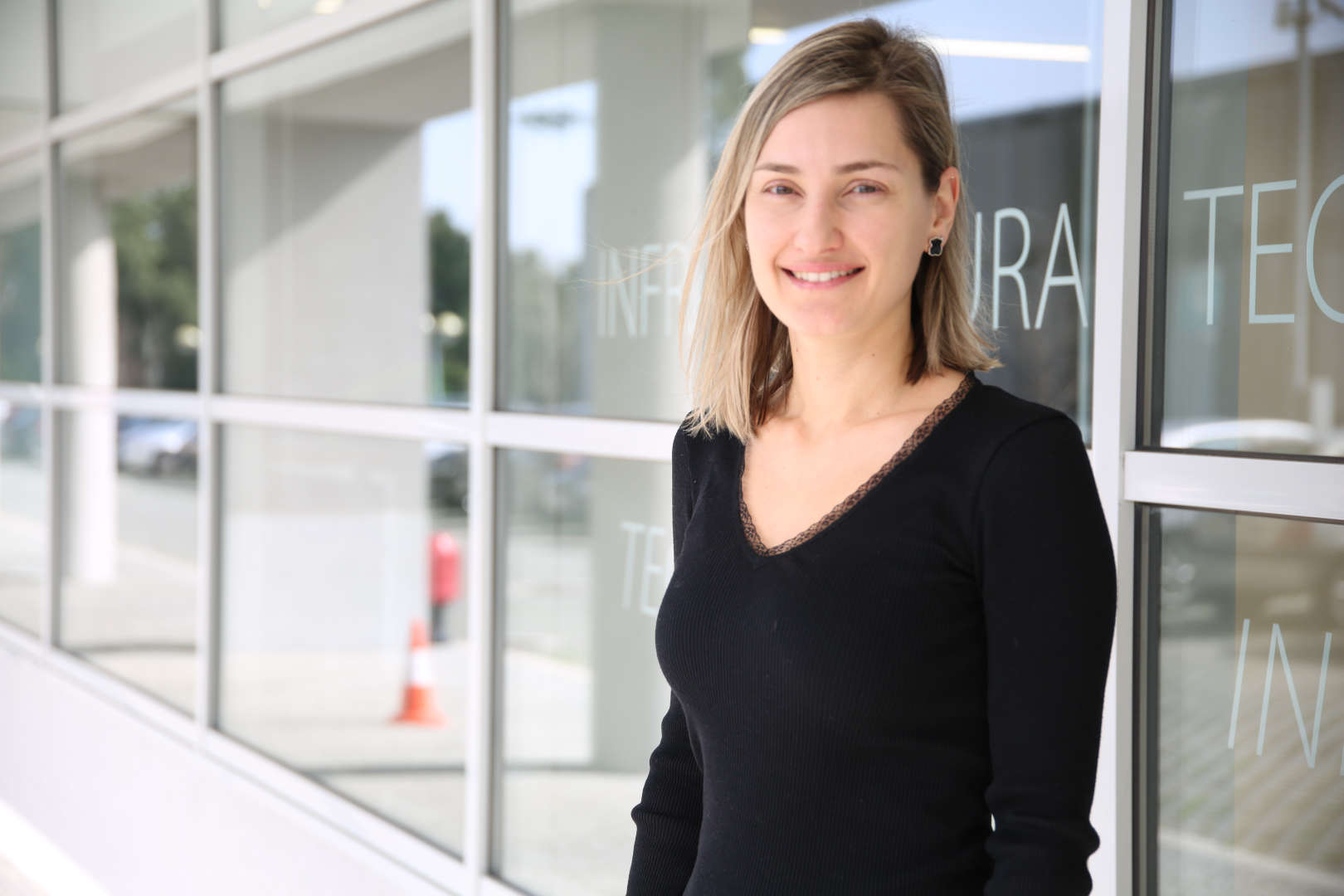About
I am a Marine Biologist specialized in Aquaculture, with a multidisciplinary background spanning Biomedical Engineering and Marine Robotics. After earning a PhD in Animal Science, my research transitioned to regenerative medicine, focusing on innovative therapies and biomaterials for tissue repair. I have contributed to the development of intelligent tissue matrices and immunomodulatory materials for cardiovascular applications. Since 2017, I’ve managed marine robotics projects and currently serve as Industry-Research Liaison Officer at TEC4SEA, supporting INESC TEC’s marine science initiatives.


